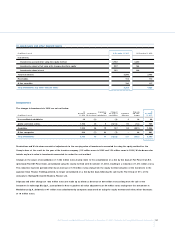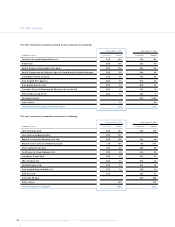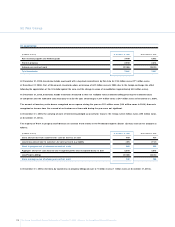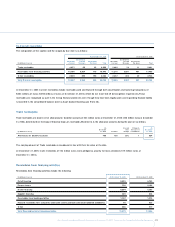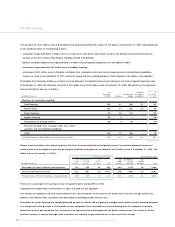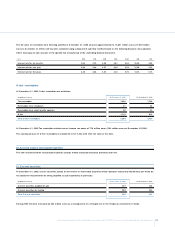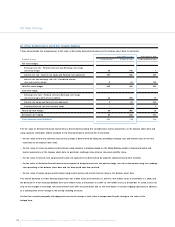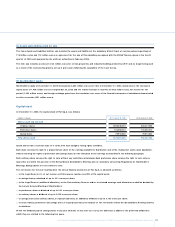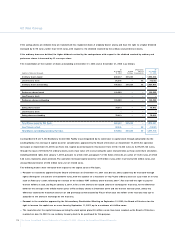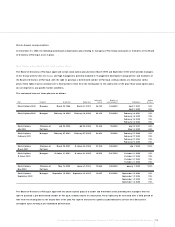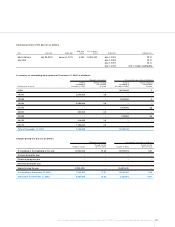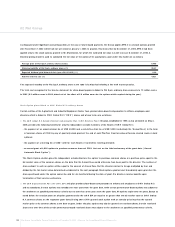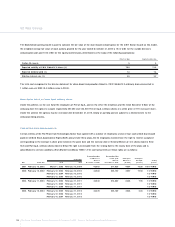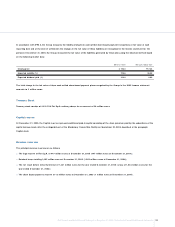Chrysler 2005 Annual Report Download - page 116
Download and view the complete annual report
Please find page 116 of the 2005 Chrysler annual report below. You can navigate through the pages in the report by either clicking on the pages listed below, or by using the keyword search tool below to find specific information within the annual report.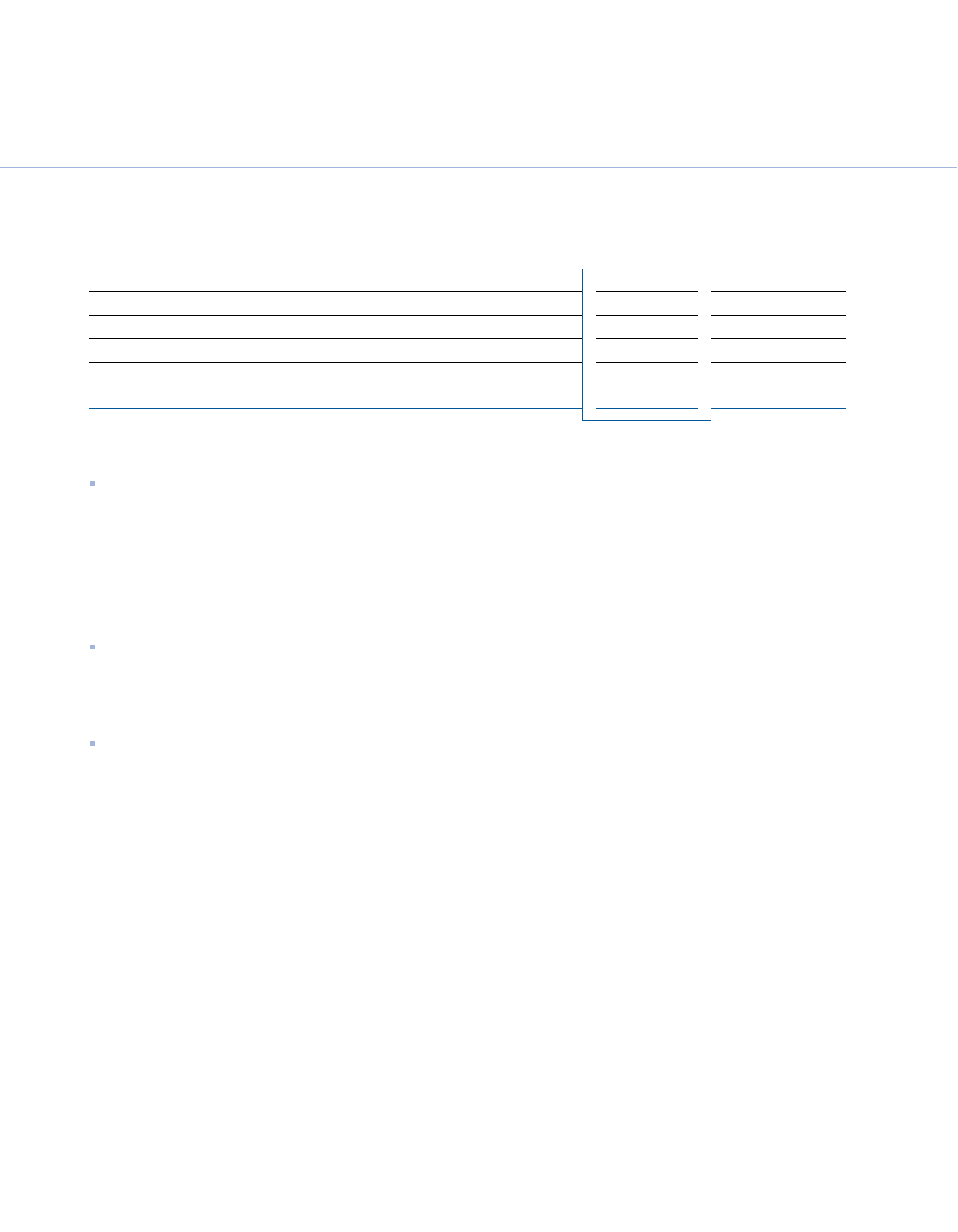
115
Fiat Group Consolidated Financial Statements at December 31, 2005 - N otes to the Consolidated Financial Statements
At December 31, 2005 the notional amount of outstanding derivative financial instruments is as follows:
(in millions of euros) At D ecember 31, 2005 At D ecember 31, 2004
Exchange rate risk management 5,992 5,612
Interest rate risk management 10,544 13,487
Interest rate and exchange rate risk management 204 783
O ther derivative financial instruments 1,805 2,219
Total notional amount 18,545 22,101
At December 31, 2005 the notional amount of O ther derivative instruments consists of:
For 70 million euros (66 million euros at D ecember 31, 2004) the notional amount of the equity swap stipulated to hedge the risk of an
increase in the Fiat share price above the exercise price of 10,670,000 stock options granted to Mr. Marchionne (see N ote 25).The risk of a
significant increase in the Fiat share price above the exercise price of these options (6.583 euros) is covered by the aforementioned “Total
Return Equity Swap” agreement put into place at a reference price of 6.583 euros per share;this agreement expires on O ctober 30, 2006.
Although this equity swap was entered into for hedging purposes, it does not qualify for hedge accounting under IFRS and accordingly is
defined as a trading derivative financial instrument.At December 31, 2005, the Equity Swap has a positive fair value of 8 million euros (a
negative value of 7 million euros at D ecember 31, 2004).
For 1,432 million euros the notional amount of call options on General Motors common stock purchased in 2004 in order to hedge the risk
implicit in the Convertible Bond (the residual debt of the Exchangeable bond linked to GM ordinary shares). Following the repayment of the
majority of this bond (N ote 28), these options are classified as trading instruments, even though they were originally purchased for hedging
purposes, and are measured at their fair value which at D ecember 31, 2005 is essentially nil (3 million euros at December 31, 2004).
For 303 million euros (913 million euros at December 31, 2004) the notional amount of derivatives embedded in certain bonds with a
return linked to stock market indices or inflation rates, as well as the notional amount of the related hedging derivatives.
There are no significant cases at the date of preparing these financial statements in which hedging exceeds the hedged future flows
(overhedging).
Cash flow hedges
The policy of the Fiat Group for managing exchange risk requires that future cash flows from trading activities which will occur for accounting
purposes within the following twelve months, and from orders acquired (or contracts in progress), whatever their due dates, shall be hedged.
W here a derivative financial instrument is designated as a hedge of the exposure to variability in cash flows of a recognised asset or liability or
a highly probable forecasted transaction and could affect income statement, the effective portion of any gain or loss on the derivative financial
instrument is recognised directly in equity.The cumulative gain or loss is removed from equity and recognised in the profit and loss account at
the same time in which the hedged transaction affects income statement.The gain or loss associated with a hedge or part of a hedge that has
become ineffective is recognised in the income statement immediately.W hen a hedging instrument or hedge relationship is terminated but the
hedged transaction is still expected to occur, the cumulative gain or loss realised to the point of termination remains in stockholders’ equity and
is recognised at the same time as the related transaction occurs. If the hedged transaction is no longer probable, the cumulative unrealised gain
or loss held in stockholders’ equity is recognised in the income statement immediately.




